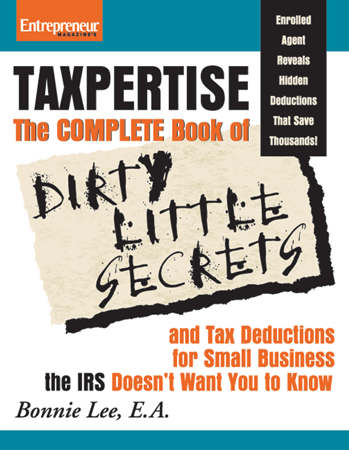If you have children, you will be happy to learn that the tax code favors you. Whether you are single or married, there are benefits for folks with offspring. The child tax credit gives you a nice break of $1,000 per child subtracted from your tax liability. The Dependent Care Credit and the Earned Income Tax Credit for low income filers, which was enhanced several years ago to cover three or more children rather than two, provides even more of a tax break.
Here are some other tips parents should know:
- Check your filing status. Years ago my masseuse asked me to look over her tax return. “It’s odd; I’ve never had to pay before. I’ve always gotten a refund. This year my CPA says I owe two grand; that’s how much I usually get as a refund. There’s not much difference between my income this year and last year.” After reviewing the return, I realized that the problem was filing status. She was listed as single rather than head of household. Not only is the tax bracket higher for single, but a single filing status blew her out of the water for enjoying the Earned Income Tax Credit. Correcting her filing status provided her with a refund of $2,600. That’s quite a swing. If you are a single parent and your child is away at college and you pay for more than 50% of her support, you may still take the head of household filing status because the child’s absence is considered temporary.
- File first. If you suspect your ex will try to take your kid(s) as dependent(s) when you are entitled to the deduction, file your taxes first. The IRS will not get in the middle of a domestic dispute. Whoever files first gets the deduction. If the later-filing party is entitled to the deduction, he or she will have to make a case for it.
- Proof of Dependency. In conjunction with #2 above, keep important information relating to the validity of deducting your dependent in your tax file. This includes paperwork such as school records which show the child lived at your address and records to prove that you provided more than 50% of the child’s support.
- Dependent Care Credit. You may accumulate up to $3,000 in child care expenses for each child under the age of 13. The maximum credit has been increased from 30% to 35% of total expenses. At year end ask your child care provider for a statement showing how much you paid. You must have the provider’s federal ID number or social security number and address in order to take the Dependent Care Credit. This credit also applies to a spouse or other dependent over the age of 13 that is incapable of self-care.
- Track alimony payments. This is taxable income for the recipient and must be reported on your income tax return. By the same token, alimony you pay to a former spouse is a tax deduction as long as it is court ordered. Child support is not taxable income to the recipient nor is it deductible for the one who pays it. Keep that in mind if you are getting a divorce so that support issues are structured fairly in the marital dissolution agreement.
- Tuition. Tax credits are available if you pay tuition to a qualified higher learning institution. Payments for books, computers, and fees also qualify for the credit. Room and board do not. Naturally, there are income limitations. It often works out to this: if you can afford to pay for your kid’s college education, you don’t qualify for the credit. Tuition for private schools for K-12 does not qualify for the deduction.
- Tutoring. If your child is diagnosed with a learning disability and special schooling or tutoring is required, you may be able to deduct those fees as a medical expense. Check with your tax pro. You will need a letter from your doctor to substantiate the deduction.
- Adoption Credit. Taxpayers who incur qualified adoption expenses may be eligible for this credit or, in the case of employer-provided assistance, an exclusion from income. In other words, it can qualify as a nontaxable fringe benefit. The dollar limitation of the credit has been increased to $13,190 per child for 2014.
- Employer-Provided Child Care. Employers that provide child care facilities may be eligible for a tax credit equal to 25% of qualified expenses plus an amount equal to 10% of qualified expenses for child care resource and referral services. The credit caps at $150,000 of annual qualified costs.



